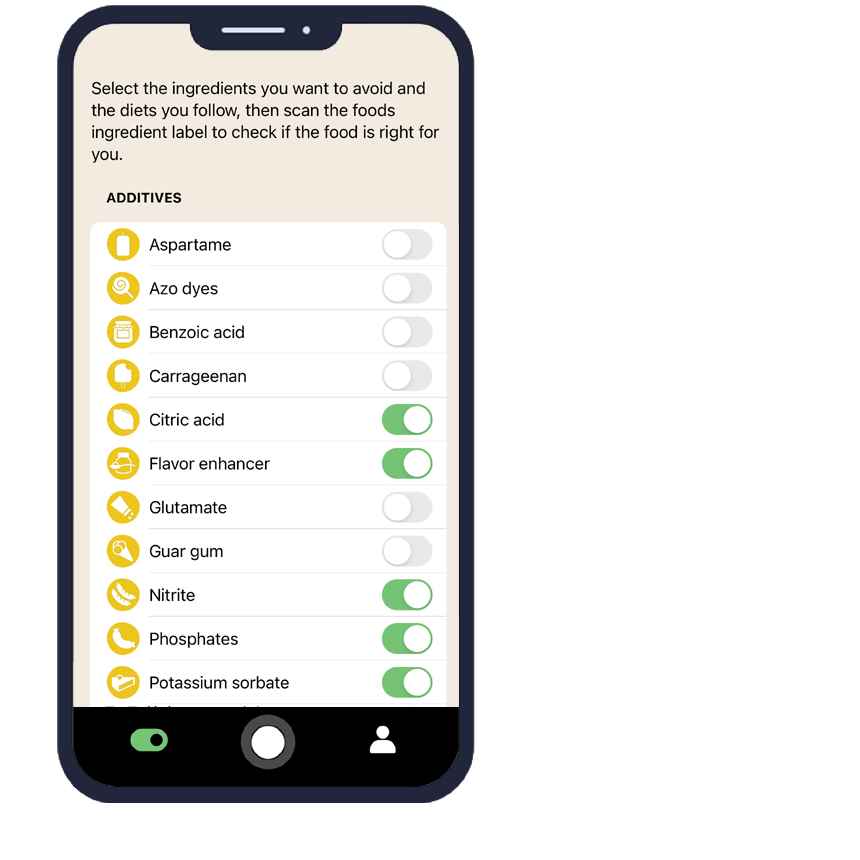Everything You Need to Know About Walnut Allergies and How AI Eat This Can Help
Walnut is one of the most common tree nut allergens, affecting millions of people worldwide and requiring careful attention to food labels and ingredients. For individuals with walnut allergies or those following specific dietary restrictions, identifying this allergen in processed foods can be challenging and potentially dangerous. The AI Eat This mobile app revolutionizes how consumers manage their dietary needs by instantly scanning ingredient lists and identifying walnut-containing products in any language.
What Is Walnut and Where Is It Used?
Walnut refers to the edible seed of trees in the Juglans genus, commonly used as both a whole food and food ingredient. In the food industry, walnut appears in numerous forms including whole nuts, pieces, flour, oil, and extract. Food manufacturers must clearly label walnut-containing products due to its classification as a major allergen in many countries.
The versatility of walnut makes it a popular ingredient across various food categories. Beyond obvious applications in baked goods and confections, walnut can be found in unexpected places where consumers might not anticipate its presence.
Common Foods Containing Walnut
- Baked goods including breads, cookies, and pastries
- Breakfast cereals and granola products
- Salad dressings and pesto sauces
- Ice cream and frozen desserts
- Protein bars and energy snacks
- Vegetarian and vegan meat alternatives
- Chocolate and confectionery products
Is Walnut Safe? Understanding Walnut Allergies and Regulations
For most people, walnut is a nutritious food rich in healthy fats, protein, and various vitamins and minerals. However, for individuals with tree nut allergies, walnut can trigger severe allergic reactions ranging from mild symptoms to life-threatening anaphylaxis. The FDA recognizes tree nuts, including walnut, as one of the nine major food allergens requiring mandatory labeling.
Regulatory Approvals and Safety Guidelines
Health authorities including the WHO and EFSA have established comprehensive guidelines for allergen labeling and food safety. These regulations require manufacturers to clearly identify walnut and other tree nuts on product labels, including potential cross-contamination warnings.
Food safety regulations mandate that even trace amounts of walnut must be disclosed through "may contain" statements. This precautionary labeling helps protect consumers with severe allergies from accidental exposure through shared manufacturing equipment or facilities.
Risks for Specific Groups
Individuals with diagnosed walnut allergies face the highest risk and must completely avoid all walnut-containing products. Cross-reactivity between different tree nuts means some people allergic to walnut may also react to other nuts. Additionally, those with oral allergy syndrome may experience mild reactions to walnut due to protein similarities with certain pollens.
How AI Eat This Helps You Avoid Walnut in Your Diet
The AI Eat This app transforms walnut avoidance from a tedious label-reading process into a simple, instant scan. Users can photograph ingredient lists in any language, and the app's advanced AI technology immediately identifies walnut and alerts users to its presence. This technology is particularly valuable when shopping for imported products or foods with ingredients listed in foreign languages.
Beyond basic ingredient scanning, AI Eat This allows users to create personalized dietary profiles that include walnut restrictions alongside other food additives, allergens, or dietary preferences. The app learns from user preferences and provides increasingly accurate recommendations over time.
The app's database continuously updates to include new products and ingredient variations, ensuring users stay protected against walnut exposure even as food formulations change. Real-time alerts help users make informed decisions quickly while grocery shopping or dining out.
Who Should Avoid Walnut?
People with diagnosed walnut allergies must strictly avoid this ingredient to prevent allergic reactions. Healthcare providers typically recommend complete avoidance for anyone who has experienced allergic symptoms after consuming walnut, regardless of reaction severity. Family history of tree nut allergies may also indicate increased risk for developing walnut sensitivity.
Some individuals choose to avoid walnut for personal dietary reasons, including those following specific elimination diets or managing other health conditions. Consulting with healthcare providers or registered dietitians can help determine whether walnut avoidance is necessary for individual health circumstances.
Tips for Maintaining a Walnut-Free Diet
Successfully avoiding walnut requires vigilance and preparation, but modern technology makes this process significantly easier. Always read ingredient labels carefully, paying attention to both obvious walnut mentions and alternative names or processing statements.
When dining out, inform restaurant staff about walnut allergies and ask detailed questions about food preparation methods. Cross-contamination can occur through shared cooking surfaces, utensils, or fryers used for walnut-containing items.
Stock your pantry with verified walnut-free alternatives and keep emergency medications readily available if prescribed by your healthcare provider. Building relationships with local grocery stores and bakeries can help identify safe product options and stay informed about new arrivals.
Consider joining support groups or online communities for people managing food allergies and dietary restrictions. These resources provide valuable tips, product recommendations, and emotional support for navigating daily challenges.
Conclusion
Managing walnut allergies and dietary restrictions doesn't have to limit your food choices or create constant anxiety about ingredient safety. Understanding where walnut commonly appears in foods and utilizing modern technology like AI Eat This empowers consumers to make confident, informed decisions about their nutrition.
The combination of regulatory protections, improved labeling standards, and innovative apps creates a safer food environment for people with walnut allergies and other dietary restrictions. Take control of your dietary health today by downloading AI Eat This for free testing and experience how technology can simplify your walnut-free lifestyle!

70 filters
With over 70 filters, you can easily avoid certain ingredients and follow your dietary preference.

Paleo

Pescetarian

Ultra-processed food

Vegan







































































